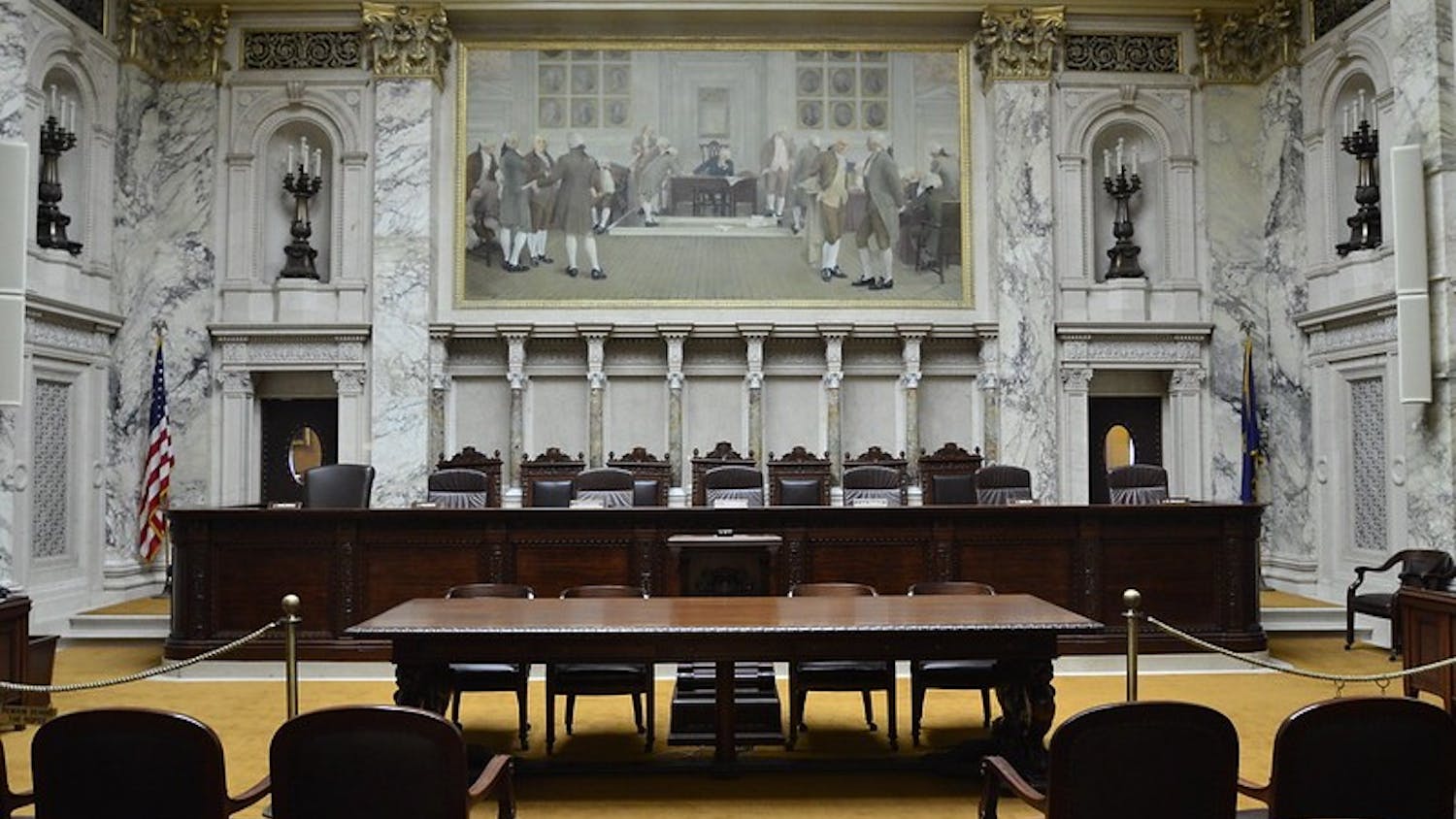At first the exhibit seems small. Most of the works in the New York City Life etchings of John Sloan are postcard-sized. From a distance, they look like old photographs. But walk up closer and the pen strokes begin to show and details pop out. These scenes of city life, some sketched a hundred years ago, range from whimsical""young ladies giggling at a penny peep-show""to sober scenes of Depression-era poverty.
New York City Life, 1905-1940: Prints by John Sloan and His Friends and Followers"" is at the Chazen Museum of Art, in the Mayer Gallery, until March 25. The etches appeal to both artists and historians, and especially to anyone who likes watching people. Many etches look down on the streets from wherever the artist was sitting, high in his upper floor studio. Like photographs, the pictures capture expressions and positions of a moment""not as neatly, but with a great deal of frank interest.
When Sloan began his series of etchings""a series he built up over years""he focused on bourgeois doings, such as people walking in the park and visitors at an exhibit. But he soon switched over to realistic portrayals of New York City, gritty neighborhoods and all.
Sloan and other artists from his circle (they called themselves the Ash Can School) strove for realism in their sketches. They drew from live models in evening gatherings, from daily crowds on the street and offended the gentry with honest depictions of working class people in a time when pastoral landscape was the pinnacle of art.
Few of the pictures use smooth, charcoal shading. Instead, Sloan used cross-hatching""innumerable thin lines laid over in varying densities, to give depth and atmosphere to the city scenes he depicted. Some etches are loosely drawn with more energy than detail. Others are smoother and more polished, such as a drawing of a tree surrounded by apartment buildings, lit up below by a squatter's fire and hung with drying laundry.
Though the etches and drawing of John Sloan and his followers will not shock or offend any visitors to the gallery, they still have the power to amuse, intrigue and inform us of life in New York City in the early years of the 20th century.





